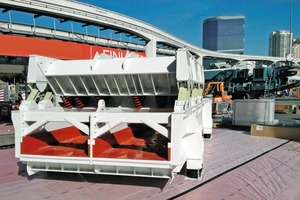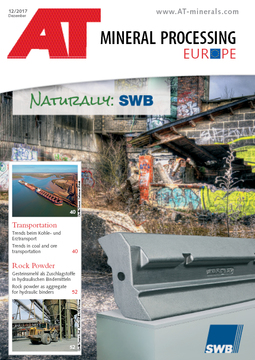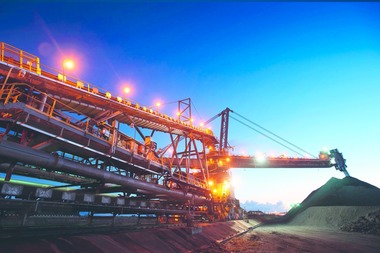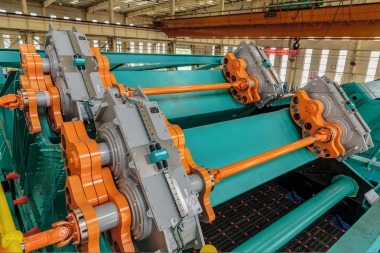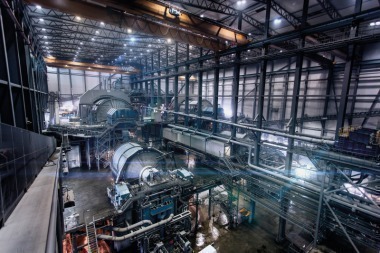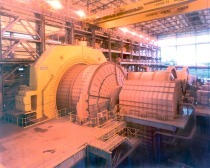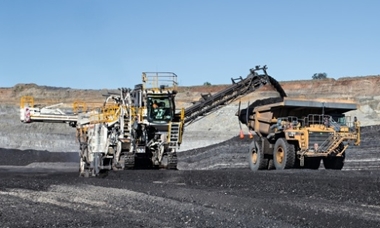Two-mass technology for gold mining
This customer was not familiar with General Kinematics but intrigued by the Two-Mass system and the potential it has to handle the rugged conditions of mining aggregates. The STM-SCREEN™ screen’s ability to respond to load surges and increase current capacity limits fit the processing requirements they were looking to achieve. The STM-SCREEN™ Vibrating Screen proposed was designed with two polyurethane decks and a light misting function on the bottom deck for dust suppression. The polyurethane decks allowed rocks that traditionally were easily trapped to wriggle free and not clog the screen. The polyurethane is produced in tiles to allow for easy replacement of damaged segments without replacement of the entire screen section. The Two-Mass system allows for the entire screen to handle seven times as much force and capacity as competitive brute force machines.
Functionality
The principles of two-mass technology are simple enough. Rather than relying on drives alone to create the necessary vibration, these designs power the feeder with a clever distribution system. It’s a concept that can save customer’s workforce unneeded labor and organization unneeded loss.
Brute force feeders suffer enormous strain. The pressure put on their components creates a hostile environment of irresistible friction and shock. In consequence, it isn’t long before the machine’s own forces begin working against it. Snapped belts, unaligned surfaces, and damaged machine parts are relatively frequent. That can only spell expensive delays and repairs. Two-mass machines cushion the entire process by redistributing the energy. Rather than relying on the motors to do all the lifting, a regulating spring system is placed between motor and trough. This balances the forces and provides more consistent angles for the trough feed. When customers opt for two-mass technology, the bottom line is less wear and tear, increased productivity, and fewer hold ups.
Because the spring systems are in place between the exciter and assembly in two-mass technology, their natural elasticity can exploited. The coil vibrates very efficiently with power consumption significantly below brute force standards. That’s how two-mass designs can cut horsepower by over 60 % while giving comparable performance. But the even greater cost advantages are those found in the materials being handled. Two-mass technology separates and conveys more efficiently by transmitting more energy into the materials being worked. For instance, General Kinematics two-mass feeders used before optical sorters see 5-10 % greater recovery than traditional brute force feeders.
Easy maintenance
Two-mass machines have modest motors and require no belts, couplings, or bearings. That means to reap significant repair savings. No more redundant parts to keep on hand. No more specialist training for workers to maintain the feeders. No more interruptions when obscure tools and equipment can’t be procured. Two-mass technology is practically foolproof – just set it up, plug it in, and let production happen.
$(LEhttp://

